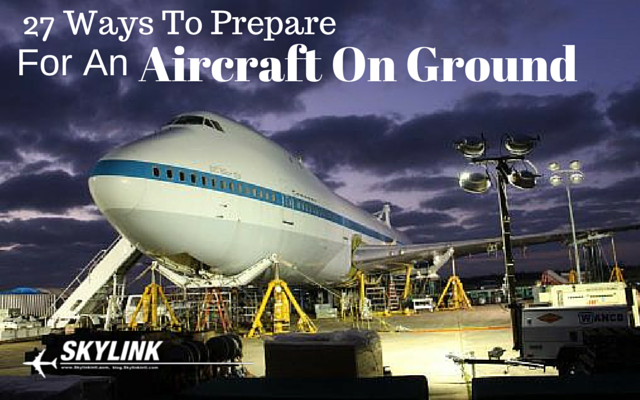When you were younger did you ever watch over your younger siblings while your parents were gone? Or maybe it was the neighbors child, or a family friend.

Babysitting is about micromanaging children's every move. When they cry you try to calm them down, when they are hungry you feed them, when they leave your sight you follow them, when they don’t answer you talk louder. It’s about staying on top of them to make sure they’re okay and doing the right thing.
Dealing with 95% of all MROs and aircraft component partners is like taking on a full time babysitting job. One that you didn’t sign up for.
The brutal facts of babysitting
By now you’re probably imagining suppliers wearing diapers and crying like babies, well some of them do cry a lot, but that’s not it.
When you work with various MROs and aircraft components suppliers you have to babysit their every move. Did they ship? Why aren’t they responding? They didn’t send me an update, I must follow-up. It even gets worse when suppliers promise the world before the order, and fail to follow through on their promise. They care more about the money than the relationship.
This is what I like to call the babysitting syndrome. The more vendors you work with, the more babysitting you’ll have to do. It’s just how it is. You’ll have more RFQs to send and process, more POs to cut, more orders to follow-up on, more issues to deal with, more phone calls and emails to make, and more excuses to hear.
Some Purchasing Departments I talk with are like a full time day care. They have to babysit way too many people. This is not efficient and order follow-ups fail because there’s too much to focus on.
Efficiency isn’t in how many suppliers you deal with, it’s when you hit a point where you rely on less support that generates the most gains.
Focus on efficiency and fire yourself as a babysitter
Nobody wants to babysit their suppliers through the purchasing process. It’s a terrible waste of your time.
If you have ever talked to me for very long you’ll know that I speak fast, but I’m also incredibly dedicated and fascinated with efficiency. You know the whole concept. Why do something in 10 hours when it can be done in 2? For me efficiency is easy to manage, but when you involve various people and moving components, it gets difficult.
It’s important you put trust into a partner who you know is dedicated to building long term relationships. Relationships built on trust and efficiency are crucial. This concept alone is worth a million dollars. Pay me later? No? Okay!
It’s amazing how large amounts of time and money are wasted with inefficient solutions. We’re talking billions baby!
When you deal with unqualified and unproductive companies, you’re babysitting role gets worse. Isn’t that true? Don’t you feel like a babysitter 90% of the time when you deal with these folks?
The first thing you need to do is walk into the nearest bathroom and look at yourself in the mirror and ask yourself, “Why have I become a babysitter?” Really think hard about this. After you’ve come up with your reason, write it down and tell yourself you are no longer going to babysit your aircraft maintenance partners and suppliers. That’s it, it’s final and you’re making a change.
Then go back to your desk and pick your top partners, or who you think could be a top partner. These are people you rarely have to babysit. You trust and respect them. If you prefer something to be done in a certain way communicate your needs so they can help create an efficient solution. Communication is crucial.
The benefit of this simple concept is when you focus on building relationships with people whom you trust, you’ll babysit less and become more efficient.
P.S. We have a babysit free zone, especially when you have a request for 25+ parts that you need to order. We are experts in supporting both maintenance checklists and routine long lists. If you’re interested in how we can support your list requirements enter your details below.
















